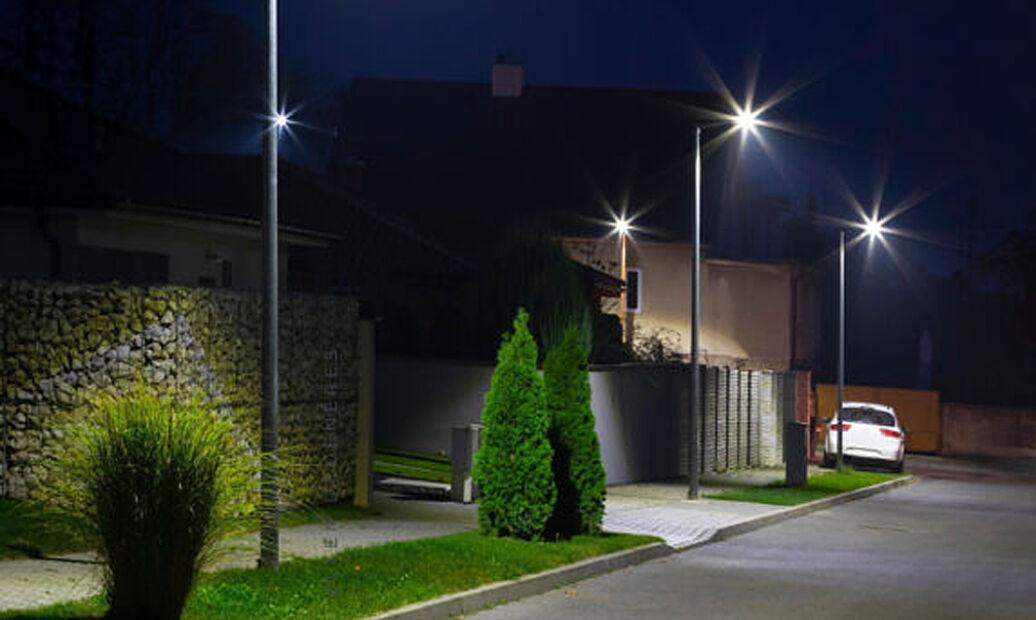Telensa streetlights combine UNB and cellular
- November 7, 2022
- Steve Rogerson

Signify subsidiary Telensa has launched a technology-neutral connected streetlight platform to help cities reduce cost and improve reach and performance.
A hybrid UNB and cellular approach gives Telensa the ability to create precisely tailored smart streetlights. Radio and cellular wireless technologies sit side-by-side within the system, working interchangeably from the same management dashboard.
UK-based Telensa has enhanced its ultra-narrowband (UNB) radio technology network with cellular connectivity to create a versatile offering supported from a single management system and user interface.
The hybrid approach can meet the demands of different applications, service levels and network architectures. Users no longer need to compromise by being forced to select a single technology for their entire streetlight estate. Working with Telensa, they can now choose to use the most appropriate set of underlying technologies with the knowledge that the system works as one.
By combining narrowband and broadband radio and cellular technologies into one platform, Telensa can design bespoke smart-city infrastructures that precisely meet the needs of each user.
While UNB remains the most attractive approach based on total cost of ownership and performance there may be times when cellular nodes may be useful, perhaps in cases within a larger deployment to support sparsely located light points.
“Our hybrid approach is unique,” said Jacques Letzelter, executive vice president at Signify. “We have pre-integrated UNB and cellular control nodes into our management software such that both work interchangeably to achieve maximum performance and most cost optimised coverage for all geographies in every project. Whereas other providers compel customers to take a one-size-fits-all approach, we can meet customer needs more precisely with a tailored solution. Combined with the fact that Telensa is Talq 2 certified, we are really giving customers even more control and customisation as it is now so easy to integrate other control nodes and their technologies into the platform if customers want to avoid supplier lock in.”
Andy Gowen, CEO of Telensa, added: “Today’s announcement gives customers confidence they are buying a scalable, future ready solution. We are complementing our UNB control nodes, which are still the lowest cost option for many customers with an additional cost-effective solution for sparse deployments. The new hybrid network is unparalleled in providing an optimum solution for lighting asset monitoring and control. Telensa provides customers with an upgrade path to other smart-city capabilities with Signify’s portfolio of smart-city propositions.”
Local government and utility-owned streetlight assets around the world can be easier and cheaper to manage and maintain when connected to Telensa’s central management system. The system’s ability to customise lighting behaviour to individual streetlights or small groups of lights at a time when energy prices are rising sharply makes the business case for deployment even more compelling. Telensa provides an entry point for streetlight users wanting a pragmatic approach for savings costs on their energy bills and streamlining asset management and maintenance.
The streetlight management system can be adopted as an additional module within the Signify Interact platform for those wanting to bring connected lighting systems and data together with other smart city and IoT offerings. Standard APIs built into the system provide a gateway to other city-wide applications and systems.





